By Susanne von Rosenberg, UC Master Gardener of Napa County
It's May and everything is growing beautifully, including weeds. Even if your garden is exceptionally well-weeded, new invaders will creep in and demand attention. Our general reaction is to remove them as soon as we realize that we have them, and we think of a good, tidy garden as one that is free of weeds.
In general, until you are comfortable with weed identification, keeping your garden entirely free of things that you did not plant is a good approach. However, weeds can also provide some benefits, so learning about the different weeds can help you decide whether you just might let certain ones grow for a while. Over time, you may make friends with certain weeds and make them part of the cycle of your garden.
So what is a weed? Most commonly we consider something a weed if it is growing somewhere we don't want it to. Those California poppies you love in your flower beds just might be a weed if they start growing in your vegetable bed. I was surprised to learn that some people consider miner's lettuce, an edible California native that I carefully cultivated in my garden, a weed.
How can weeds actually be beneficial? Some weeds are edible, many can supplement your compost, and some help loosen the soil. They may provide erosion control and dust control. Some provide food or habitat for pollinators and other wild animals.
In addition, weeds can teach us about our soil. Certain weeds prefer specific soil conditions, so if you have those weeds, you can assume that your soil has those characteristics.
Common edible weeds include purslane, dandelion, lamb's quarters, nettles, fennel and chickweed. If you're not sure what you're looking at (you only know it's not something you planted), you can use the weed identification tutorials and information on the University of California Integrated Pest Management (UC IPM) site. If you're going to eat weeds (the ultimate revenge), use common sense. Never eat anything if you're not totally certain you've identified it correctly.
Many weeds make good additions to your compost or can serve as mulch. Annual weeds that have not developed flowers can be chopped up and left in place, although in winter and in moist areas of your garden, you have to make sure they don't re-root. You can also chop them and add them to your compost bin.
Those parts of perennial weeds that won't re-sprout can also be added to compost or used as mulch. With perennial weeds, though, it's important to know how they propagate so you don't inadvertently spread a problem. If a perennial weed has not flowered, you can also let it dry out completely (think completely crispy and brown) and then put it into your compost.
Some weeds improve soil by growing deep roots that break up the subsoil (the layer immediately below the topsoil). That allows the weaker roots of more delicate plants to access the water and nutrients there. Some common weeds with deep, strong roots include wild chicory, plantain, sow thistle and vetch, as well as lamb's quarter and purslane. Cut these weeds off at the soil surface before they start to flower. The roots will decay in place, adding organic matter to your soil. The tops can go into your compost. You'll get the most benefit if you keep these weeds fairly far apart; if they grow close together their roots won't penetrate as deeply.
Some weeds are great for attracting pollinators. However, you have to let the weeds flower. The mustard we see flowering in Napa Valley vineyards is one example. Fennel, wild radish and pigweed are other examples of weeds that are good pollinator plants. Pull them as soon as they have bloomed, and do not put the spent flowers in your compost.
Weeds can also act as living mulch. This feature can be particularly helpful in winter, if you are not growing vegetables or an intentional crop such as fava beans. Almost any annual weed can serve as living mulch. (You do not want to give perennial weeds the benefit of extra growing time.) Some annual weeds, such as chickweed and purslane, will form a mat as they grow and thus help suppress other weeds.
Finally, weeds give you clues about what is going on with your soil. Like other plants, weeds have specific soil preferences. Chicory, purslane and lamb's quarters are generally good news because they indicate rich soils. Thistles, wild turnip and bindweed, on the other hand, can indicate that you have compacted soil or a crusted soil surface. Poor drainage can be indicated by weeds such as sedges and Bermuda grass.
Research your weeds and learn what they tell you about your garden. Whether as indicators, food or soil improvers, weeds can be garden helpers, too.
Weed photo gallery list from UC IPM is here, a LIST OF ALL WEEDS. Find the common name to see a photo.
http://ipm.ucanr.edu/PMG/weeds_all.html
If you wish to ID the weed, use the UC IPM weed ID tool here:
http://ipm.ucanr.edu/PMG/weeds_intro.html
The UC Master Gardeners of Napa County are volunteers who provide University of California research-based information on home gardening. To find out more about home gardening or upcoming programs, visit the Master Gardener website (napamg.ucanr.edu). Our office is temporarily closed but we are answering questions remotely and by email. Send your gardening questions to mastergardeners@countyofnapa.org or leave a phone message at 707-253-4143 and a Master Gardener will respond shortly.
Attached Images:
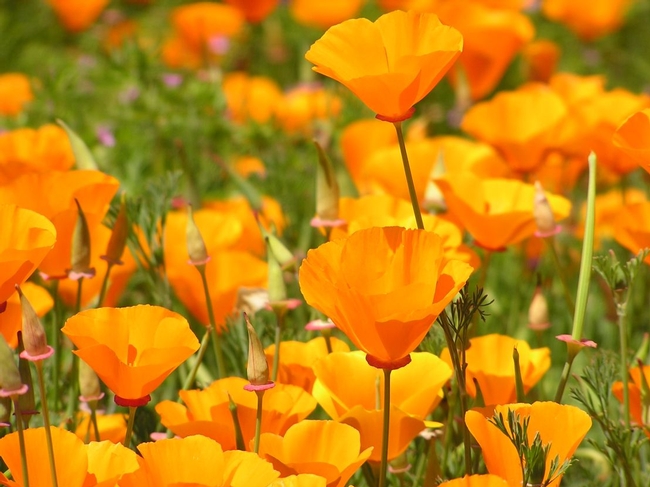
California poppy, friend or foe? (Twitchell, UC Botanical Garden)
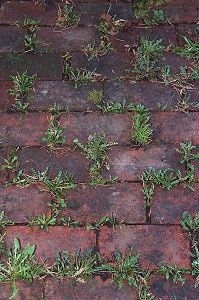
Just . . . weeds (Pinterest)
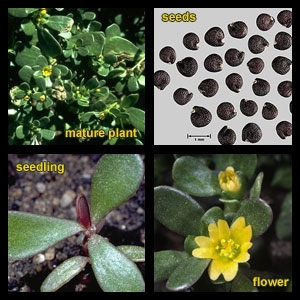
Purslane, an edible (UC IPM)
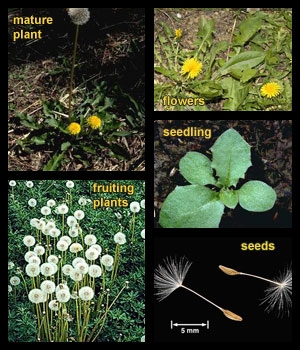
Dandelion, leaves edible (UC IPM)
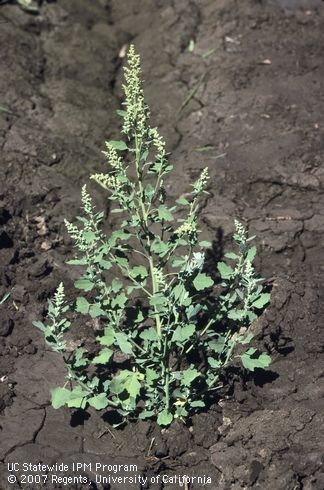
Lambsquarters, another edible (UC IPM)
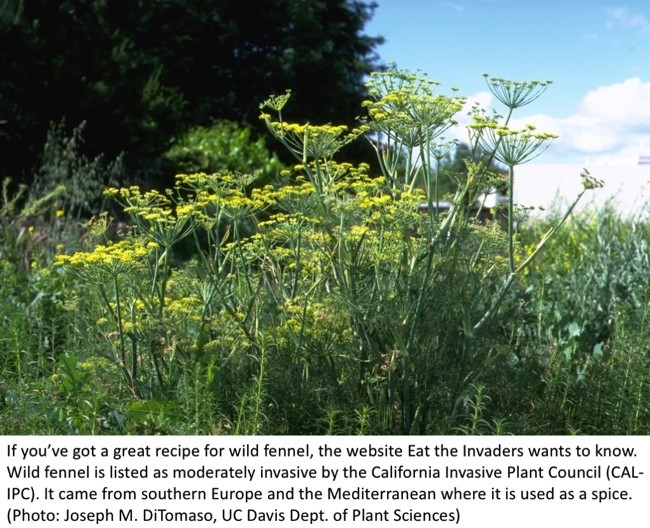
Fennel (DiTomaso, UC Davis Dept of Plant Science)
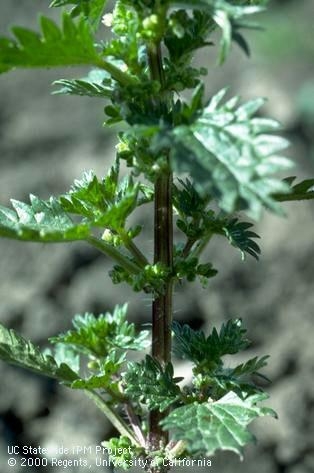
Nettle, edible, be careful picking. Those hairs sting and burn. (UC IPM)
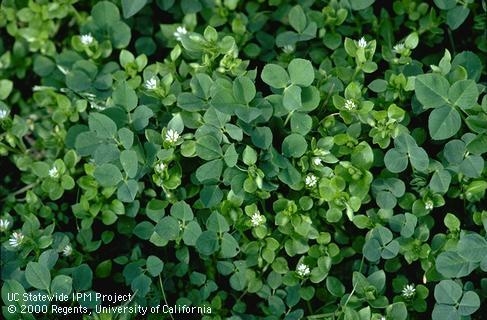
Chickweed, edible. The chickweed is the lime green plant with tiny white flowers trying to camouflage itself as alfalfa. (UC IPM)
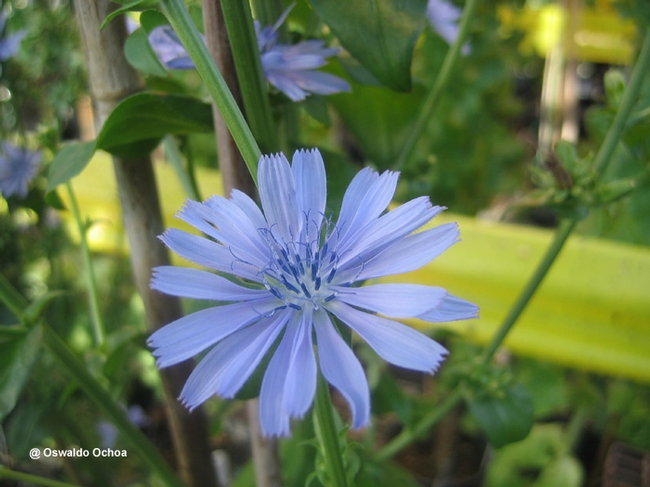
Wild chicory flower, deep strong roots (Oswaldo Ochoa, UC Davis)
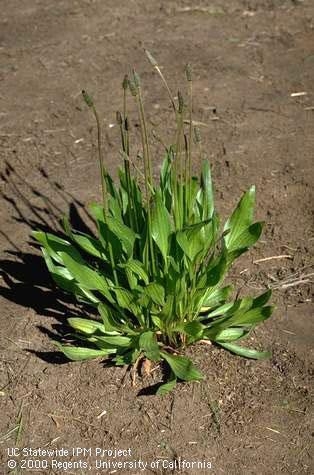
Plantain, more deep strong roots (UC IPM)
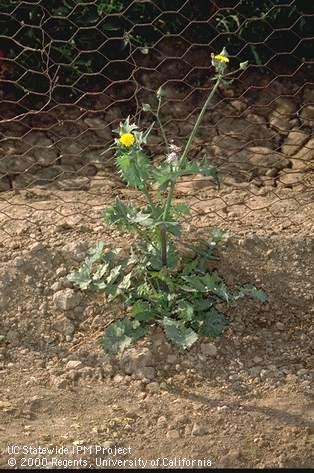
Sowthistle, deep roots (UC IPM)
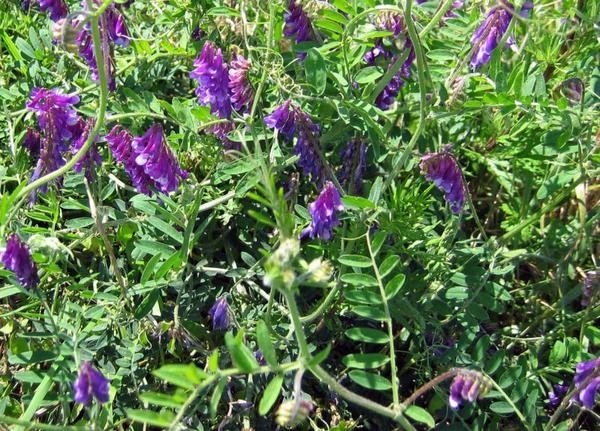
Vetch, deep roots (UC ANR)
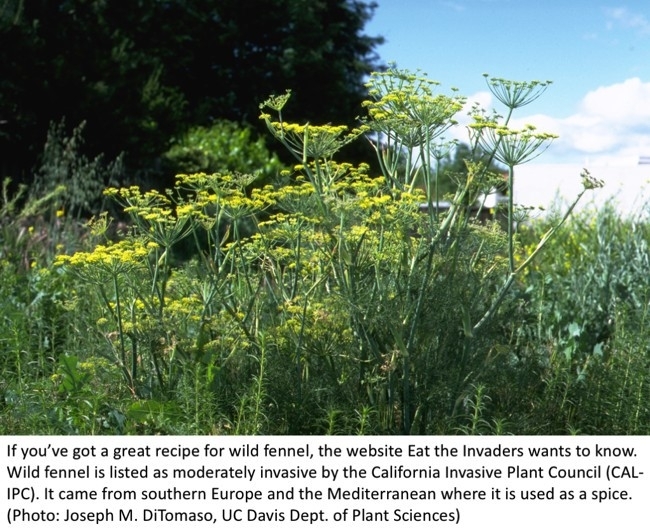
Fennel, more than an edible, also a pollinator attraction (DiTomaso, UC Davis Dept of Plant Science)
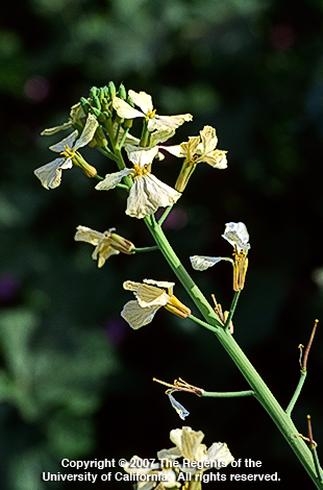
Wild radish flower heads attract pollinators (Di Tomaso, UC IPM)
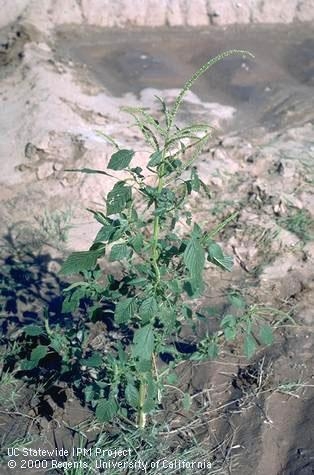
One of several kinds of pigweed whose blooms attract pollinators(UC IPM)
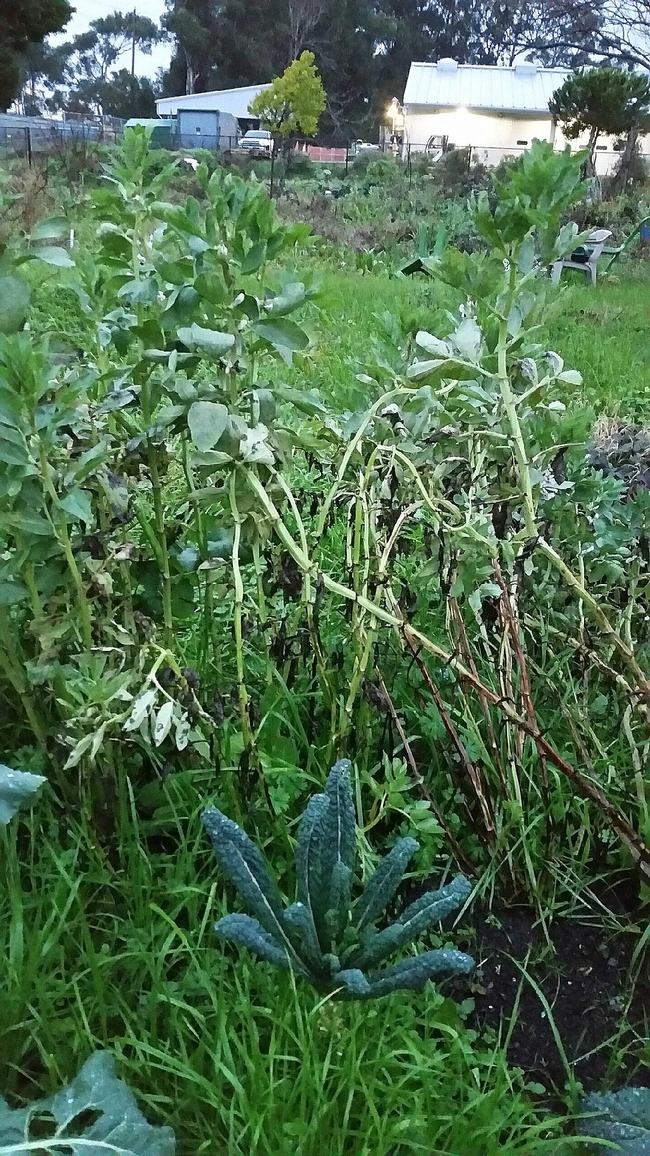
Fava beans, widely used as green mulch in Napa County (UC ANR)